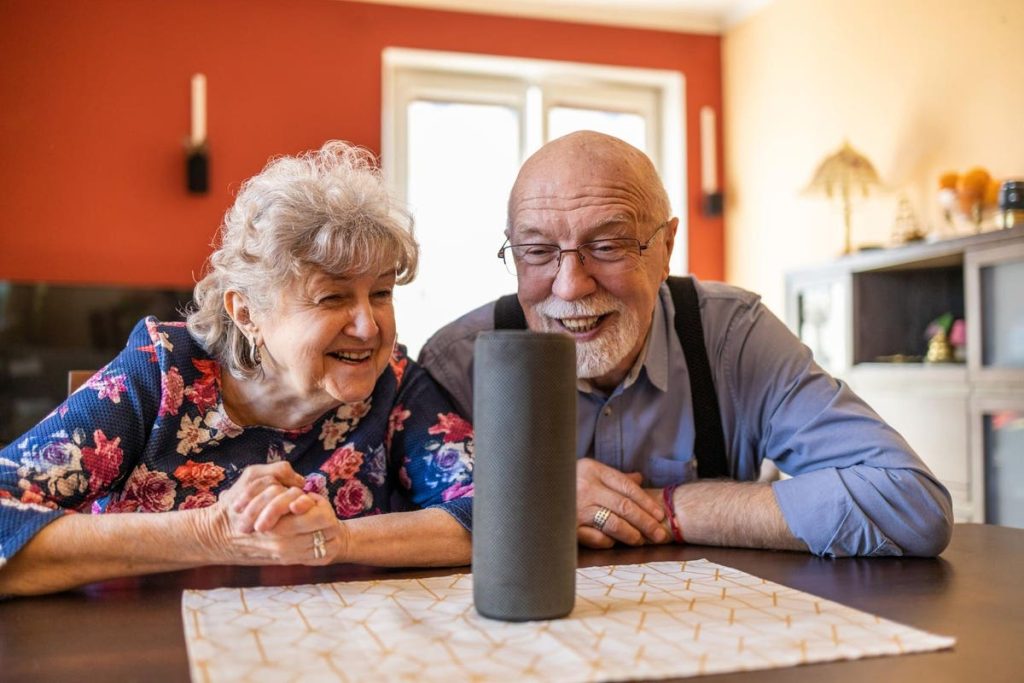Firstly, it could be argued that the title of this week’s column is a bit misleading. The fact remains that when we look at business through the lens of disability, we are always exploring areas that are intersectional, but even more so, the notion that what impacts the disability community has an inherent influence on us all. Looking at where we are today, we are living in uncertain complex, and interdependent times. The aftermath of a global pandemic has brought a heightened sense of turbulence that leaves us all questioning what we need moving forward. The business community is continuing to investigate what it needs in this ‘new normal.’ The disability narrative embraces change, highlights collaboration and problem-solving, and gives way to creating opportunities for a competitive advantage.
This new outlook opens the doors to a recognition that the business prospects around disability that were once seen as marginal, now have the potential for greater prosperity than once imagined. While no one can truly predict the future as we get closer to key landmarks such as the upcoming anniversary of the Americans with Disabilities Act or the International Day of Persons with Disabilities it would be useful once again to look at some of the prevailing trendlines that are impacting the business of disability but leaving a ripple effect across the larger cultural landscape.
The term ‘assistive technology’ often refers to any item, piece of equipment, or product system, commercially, modified, or customized whether acquire to increase, maintain, or improve the functional capabilities of individuals with disabilities. While the initial intention may have been for those with disabilities, assistive technology is a design proposition that can have enormous benefits for us all and if we look at these areas through a solution-oriented lens the barriers of opposition may seem less arduous, and an openness for business opportunities should present itself. This type of thinking is beginning to reap dividends, and the various permutations of assistive technology are taking root across businesses in several ways.
A prime example of this is the “Aging in Place” market. In the United States alone the economic movement among people over age 50 is now $9.5 trillion, or roughly 46% of GDP. With 10,000 people a day turning 65, and a baby-boomer generation wanting to find ways to live at home with a sustained quality of life, businesses can find more opportunities than ever before, and assistive technology is a design feature that is critical for growth. As disability becomes an intricate part of this community due to the natural effects of aging businesses are moving beyond putting grab bars into bathrooms or no-trip rugs. The “Big A” tech companies that include Amazon, Apple, and Alphabet, Google’s parent company are all seeing the value in this market creating healthcare divisions and exploring how current products can be modified to address this overall market.
Another trendline that needs more attention is the continued intersection of the business of mental health. Mindset Matters has devoted a lot of real estate to this topic and will continue to do so because it is a critical element of the disability narrative. Business executives, founders, and entrepreneurs from the Millennials and GenZ generations have recognized the value of mental health as a key element to creating a better quality of life. The surge of new businesses designed to meet the needs of an array of mental health necessities is continuing to evolve. The impact of mental health on the future of work will only add value for businesses in a multitude of ways that will unfold organically over time.
An additional trendline that will continue to get more coverage as the months and years go by are the intersection of disability and artificial intelligence. Throughout the history of work and business culture, there have always been moments of disruption laced with a backlash of fear and suspicion. We are certainly at one of those moments. All these questions are valid and need to continue to be explored. However, the value of AI as a tool for persons with disabilities may give us insight into our ability to coexist. For example, Amazon’s Alexa has offered new freedoms for people with disabilities to live at home, help with tasks, stay connected, and bring us full circle to the aging-in-place economy. The disability community can be an asset to exploring AI as a value add for society, developing a recognition of where the guardrails should be, and helping businesses see future opportunities for long-term growth.
As we look further into the trendlines of the business of disability and expanding the culture of ‘assistive technology’ we must begin to explore the marriage between technology and the role of design. How is each impacting the future of other business sectors like travel, fashion, and consumer products contributing to the ever-expanding universe that is disability culture? We will continue to explore these trendlines further in the next Mindset Matter column, stay tuned!
Read the full article here










